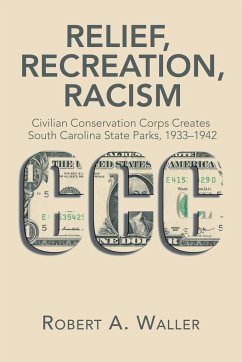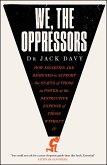In the literature dealing with the Civilian Conservation Corps, South Carolina does not figure prominently in most histories of the Great Depression story. That neglect should be corrected! It is important to recognize the ways in which racism has permeated our society, sometimes blatant and sometimes subtle. While the focus is South Carolina, the particulars are representative of what happened in CCC camps across the nation. As one of the most popular facets of President Franklin D. Roosevelts New Deal, the activities and antics of the CCC boys deserve attention. My primary purpose in writing this book is to assist teachers and librarians and their upper level elementary and high school students in understanding this crucial but understudied era in South Carolinas history. These readers and a more general South Carolina audience could identify with a nearby place or make a family connection.








